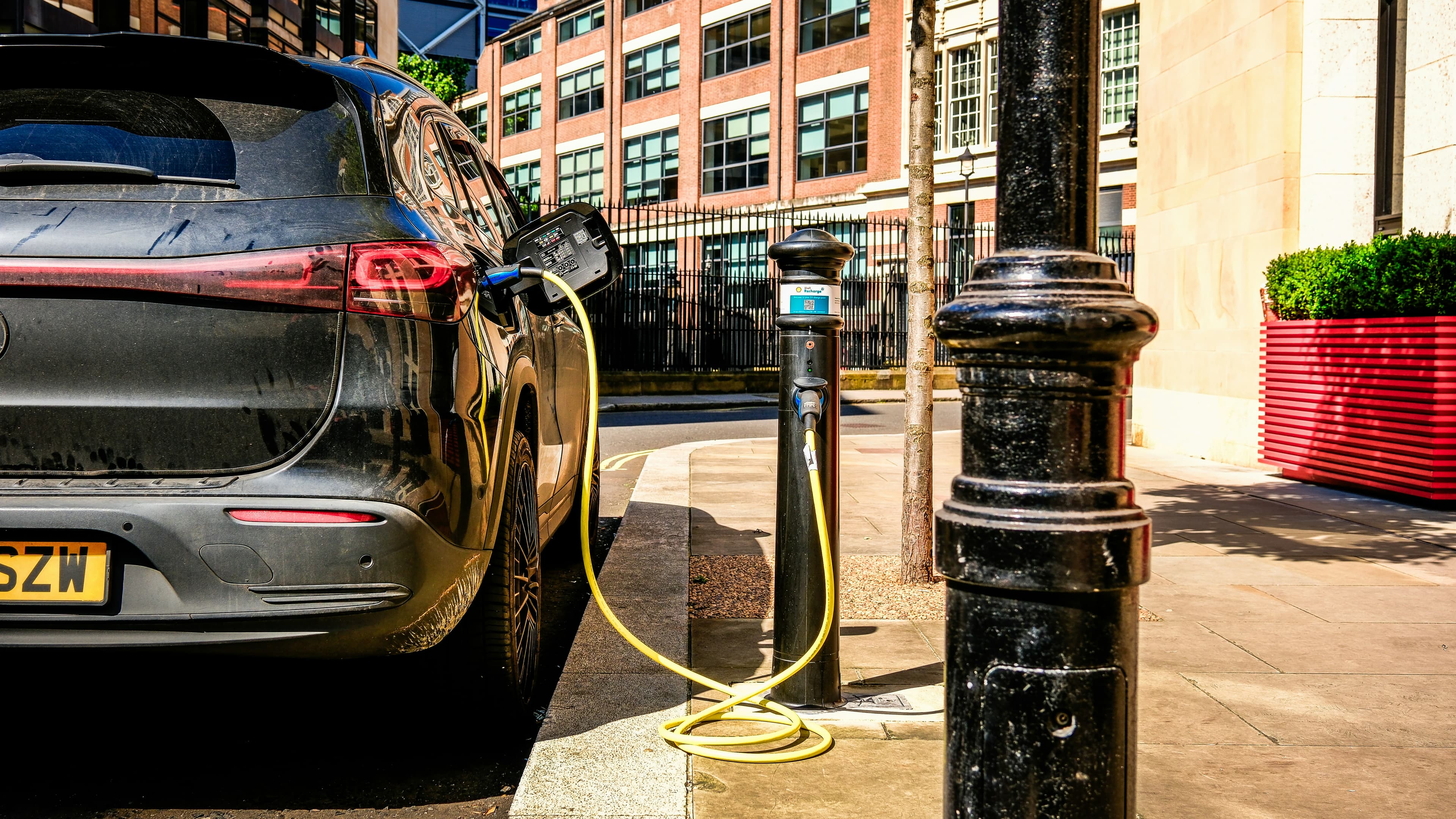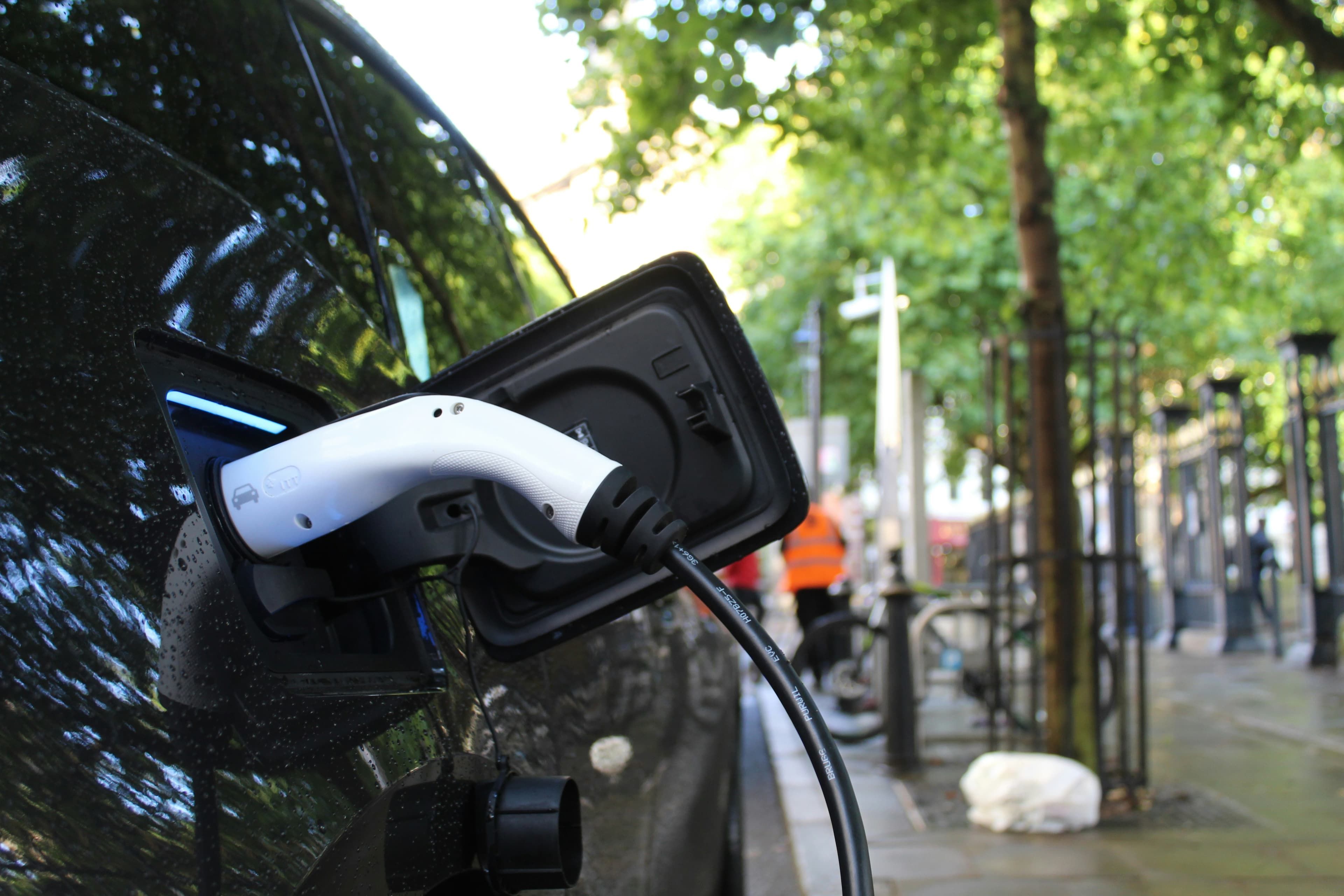At a glance
EVs are a key part of Europe's strategy to combat climate change and reduce greenhouse gas emissions. The European Green Deal aims to make Europe climate-neutral by 2050. Integral to this goal is the promotion of zero-emission vehicles, supported by extensive EV infrastructure development. As EV adoption rises, the need for robust and accessible charging infrastructure becomes more important.
Europe's EV charging network
Europe has one of the most extensive EV charging networks in the world. As of July 2024, there are more than 67.000 public charge points in the UK, a growth of 46% from the previous year. In Europe, there are more than 750.000 charge points, compared to 632.423 at the end of 2023. Countries like Norway, the Netherlands, Germany, and the UK are leading in terms of infrastructure, each with tens of thousands of charging stations.
According to the gridX Charging Report 2024, 70% of EV charging in Europe happens at home or at work, where EV drivers have a lower output and longer charge durations, which results in lower costs. In 2022, nearly 80% of residential chargers were sold in Germany, Austria, Switzerland, and France. France, along with the Nordics, also has one of the highest share of workplace chargers.
Country analysis
In their analysis of EV charging power distributed among European countries, the European Alternative Fuels Observatory (EAFO), found distinct areas of strength and opportunity among European countries.
Eastern Europe
These countries highlight the benefits of prioritising high-power charging stations. This strategy is particularly effective in areas with lower overall EV adoption, offering efficient and rapid charging solutions that cater to immediate needs.
Western Europe
Western European countries underscore the importance of an extensive charging network to support their larger EV fleets. This approach ensures accessibility and convenience, both critical for driving higher rates of EV adoption.
Southern Europe and the Nordic regions
Southern Europe and the Nordic regions must continue their investments to keep pace with leading nations. Consistent expansion of charging points and enhancements in power capacities are essential to support the increasing number of EVs on the roads.
Underdeveloped EV countries
Underdeveloped countries, like Ireland and Malta, need targeted investments to quickly scale their infrastructure. These investments are crucial to meet the expected growth in EV adoption, ensuring these nations can accommodate the rising demand for EVs.
AC and DC charging
According to the gridX Charging Report 2024, the number of charging points in Europe has increased by 360% from 2020 to 2023. During this period, the share of chargers above 22 kW has steadily risen from under 13% in 2020 to over 16% in 2023. In contrast, the most prevalent category of chargers (7.4-22 kW) has seen its share drop from 82% to 74%.
The report states that Greece and Lithuania experienced the most significant growth in the past year, followed by Cyprus and Estonia. This indicates that the mobility transition in Eastern and Southern Europe is starting to catch up, while more advanced countries are beginning to plateau. Notably, Greece is showing particularly strong growth in DC chargers.
AC chargers increased on average by 57%, while DC chargers saw a nearly 96% increase in 2023. Notably, the number of AC chargers decreased in Croatia, Hungary, Latvia, Luxembourg, and Slovenia, highlighting the growing importance of faster DC chargers.
The more advanced countries, including the Nordics, BENELUX, and DACH regions, continue to exhibit solid growth in EV charging infrastructure, with a higher proportion of new installations being DC chargers. These countries also continue to show solid growth in EV chargers, with a higher share of new installations being DC chargers.
Looking at the future
An analysis from McKinsey suggests that the European Union will need at least 3.4 million operational public charging points by 2030 to enable a complete switch to EVs. This figure includes 2.9 million public chargers for passenger cars, 0.4 million for light commercial vehicles, and 0.1 million for trucks and buses.
Whether this forecast is overambitious or conservative, it remains that there’s never been a more important time for governments, CPOs, and investors to accelerate the deployment of charging infrastructure.


